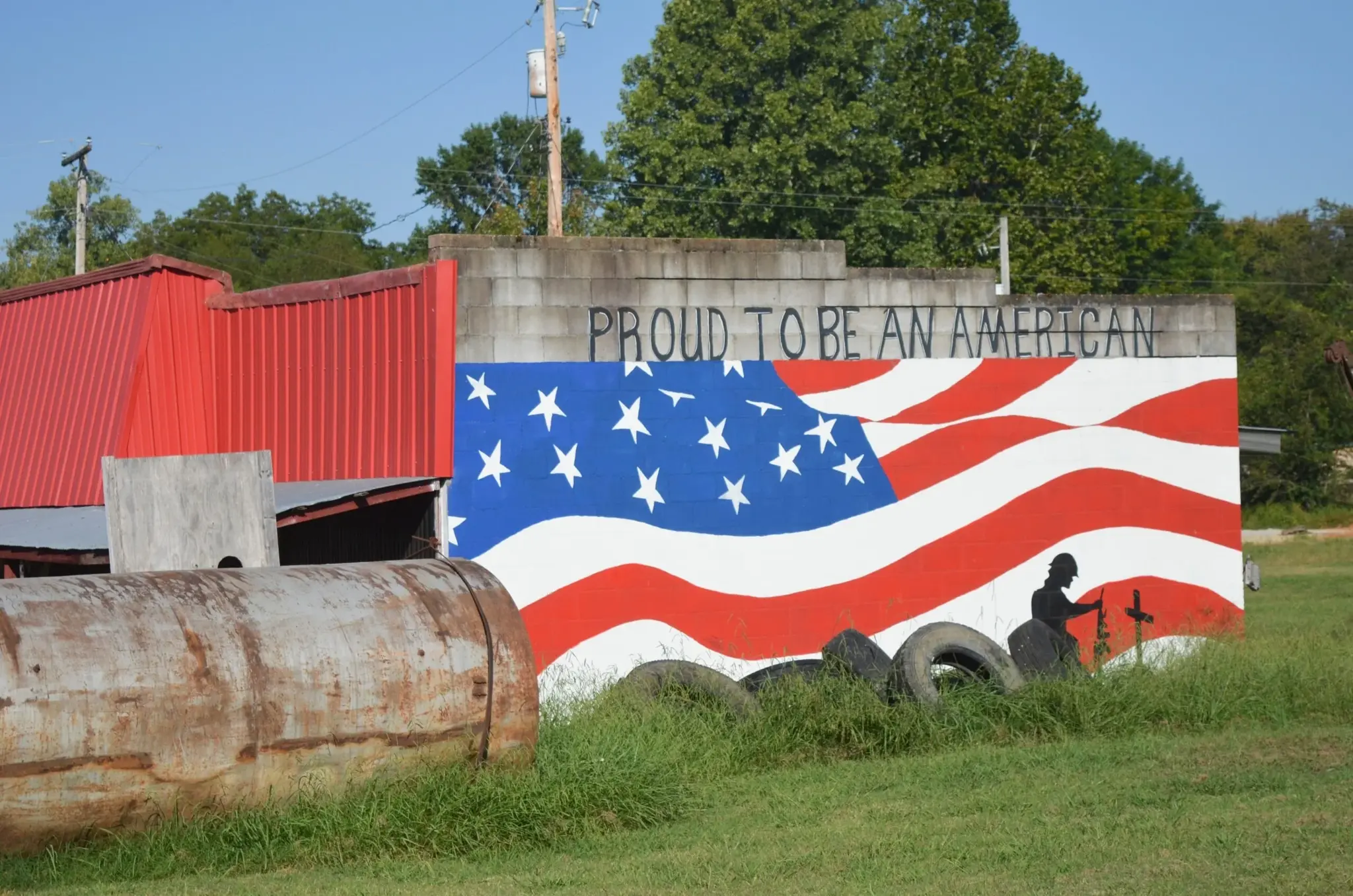Black Americans, Latinos, and rural whites, on the other hand, are more likely to live in “distressed” zip codes, places losing both jobs and people.
The place that less-educated white people occupy in the national fabric has changed as well. Once farmer-settlers, they have now been left behind by progress. As Isabel Wilkerson writes in her 2020 book Caste: The Origins of Our Discontents, the United States is best understood as a society with a modern caste system, a rigid racial hierarchy created before our country’s birth. While Blacks are at the bottom of the hierarchy, the least-educated whites are the lowest ranking among the dominant group. Even when people in this group knew they weren’t the best off, what kept them from feeling that they were at the very bottom was the color of their skin.
I never though of it like that, but it makes sense. Oftentimes, rural areas, just like racial groups, are left behind as jobs move more towards cities and abroa. This results in an internal clash woth the race hierarchy and class hierarchy. Economically, they are poor, yet socially they should be rich because of their whiteness. Because of their perceived social capital they think all the benefits afforded fo them by their whitenes should translate over to material wealth, which in a lot of cases, it doesnt.
If we want to fix this issue, we have figure out a way to help rural areas have a beter quality if life, and not leave them behind because it is inconvenient for us.



